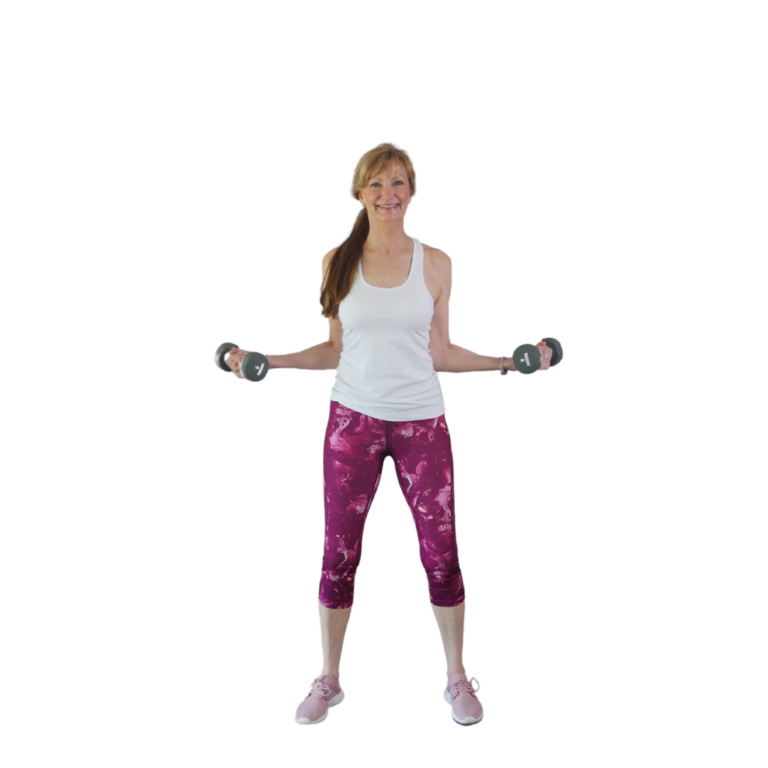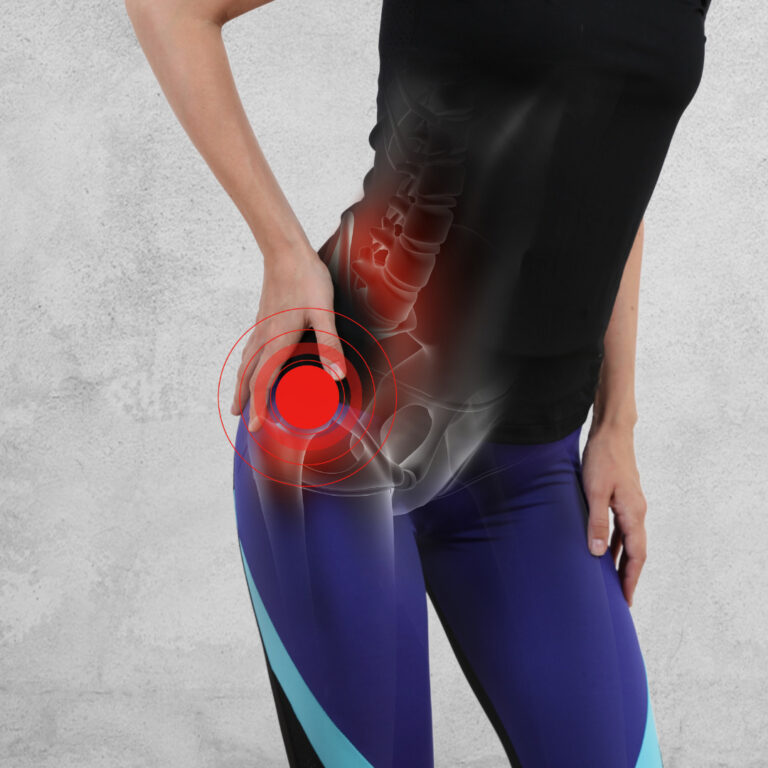The Foundation of Good Posture: Why Shoes Are Essential

Poor posture is a pet peeve of mine (that’s a lot of Ps) and I’m on a mission to help by creating a workout program to improve your posture in 28 days. But you could follow this program perfectly; rejuvenating, stretching and strengthening your posture muscles and not see any progress unless you fix a few things too. Your shoes are one of them. Believe it or not, the type of footwear we choose plays a significant role in maintaining and improving our posture. In this blog post, I share some interesting nuggets as to why shoes are vital for posture and tips on choosing the right shoe for you.
Support and Alignment
One of the primary functions of shoes is to provide support and alignment for our feet. Our feet are the foundation of our body, and any issues with their alignment can affect the alignment of our entire skeletal structure. Shoes with proper arch support, cushioning, and a well-designed footbed help distribute weight evenly, reducing the stress on specific areas of the feet. By maintaining proper alignment in the feet, shoes can contribute to better overall posture.
Spinal Alignment
Wearing the right shoes can help maintain proper spinal alignment. When we wear ill-fitting or unsupportive footwear, it can throw off the natural curvature of our spine, leading to misalignment and poor posture. High heels, for instance, can disrupt the balance of the body, causing an exaggerated arch in the lower back and forward tilting of the pelvis. Flat shoes, on the other hand, may lack the necessary support, leading to slouching and rounding of the shoulders. Shoes with a moderate heel height and adequate arch support can help promote a more neutral spinal alignment, supporting good posture.
Muscle Activation and Balance
The shoes we wear can influence the activation of our muscles and contribute to better balance and your balance can affect your posture. Shoes that are too tight or constrictive can restrict the natural movement of our feet, leading to weakened muscles over time. On the other hand, shoes with proper flexibility and room for toe movement allow our foot muscles to engage more effectively, strengthening the muscles that contribute to maintaining good posture. Additionally, shoes with non-slip soles and good traction improve stability, reducing the risk of falls and promoting better balance. How is your balance? Follow along to this video to see how you compare to others in your age group. How To Test Your Balance
Impact on Gait and Walking Mechanics
Shoes have a profound impact on our gait and walking mechanics, which, in turn, affect our posture. Improper footwear can alter our gait pattern, leading to an inefficient stride, increased pressure on certain joints, and potential postural imbalances. Shoes designed with proper cushioning and shock absorption can help absorb the impact of each step, reducing stress on joints such as the knees, hips, and spine. By promoting a more natural walking motion, shoes that align with our biomechanics contribute to improved posture and overall musculoskeletal health.
How to select the right shoes to help your posture?
Lower Your Heels: I’m finally glad I’m tall. I was never really able to wear high heals and from what I’m learning about posture and shoes…the lower the better. . If you’re not ready to give up high heels entirely, give your feet a break by switching to lower heels after a few hours or wearing high heels every other day. Thick heels are a better choice than stilettos and offer more even weight distribution.
Rethink Your Flip Flop Obsession: Flip flops can be a good choice if you’re spending the day at the beach or hanging around the house, but they shouldn’t be your go-to shoes. You’re more likely to develop back pain or injure yourself if you wear flip flops every day. I did find these on Amazon to help with my heal pain and they are really comfortable which could help with my posture Kuailu Women’s Flip Flops
Choose Well-Cushioned Shoes: Shoes with plenty of cushioning help your feet absorb shock and, of course, are much more comfortable.
Replace Athletic Shoes Often. Your shoes may look like new, but that doesn’t mean that they’re still offering adequate support. Cushioning in running shoes may become compressed in as little as three months. Replacing your shoes often helps you avoid injuries and pain.
Try Orthotics: Orthotics are shoe inserts custom-designed by your chiropractor. The inserts provide arch support, keep your feet properly aligned, reduce foot movement, and provide extra cushioning. I don’t use orthotics but I did find these inserts to help with my heel pain Profoot Orthotic Inserts
Get Fitted: Ask the shoe salesperson to measure your feet the next time you go shopping. Wearing the wrong size shoes, whether they’re too small or too big, maybe a factor in gait issues.
Avoid Tight Shoes. Tight shoes also increase pressure on your feet and can affect alignment and gait. Make sure your shoes offer a little wiggle room in the toes.
Make Arch Support a Priority. Look for flats, flip flops, and other types of shoes that offer adequate support.
Replace Often: My heals starting hurting a few weeks ago and I realized my shoes were pretty old. I try to replace my walking shoes about every 6 months!
When it comes to achieving and maintaining good posture, it is essential not to overlook the role that shoes play. By providing support, aligning the feet and spine, activating muscles, and influencing gait and walking mechanics, the right pair of shoes can significantly impact our posture and overall well-being. So, the next time you slip on a pair of shoes, take a moment to consider their design and functionality, as they may just be the foundation for a more confident, aligned, and healthy posture. Remember, investing in the right shoes is an investment in your overall posture and long-term musculoskeletal health.
If you need help improving your posture check out my series of workouts that can help POSTURE WORKOUTS






